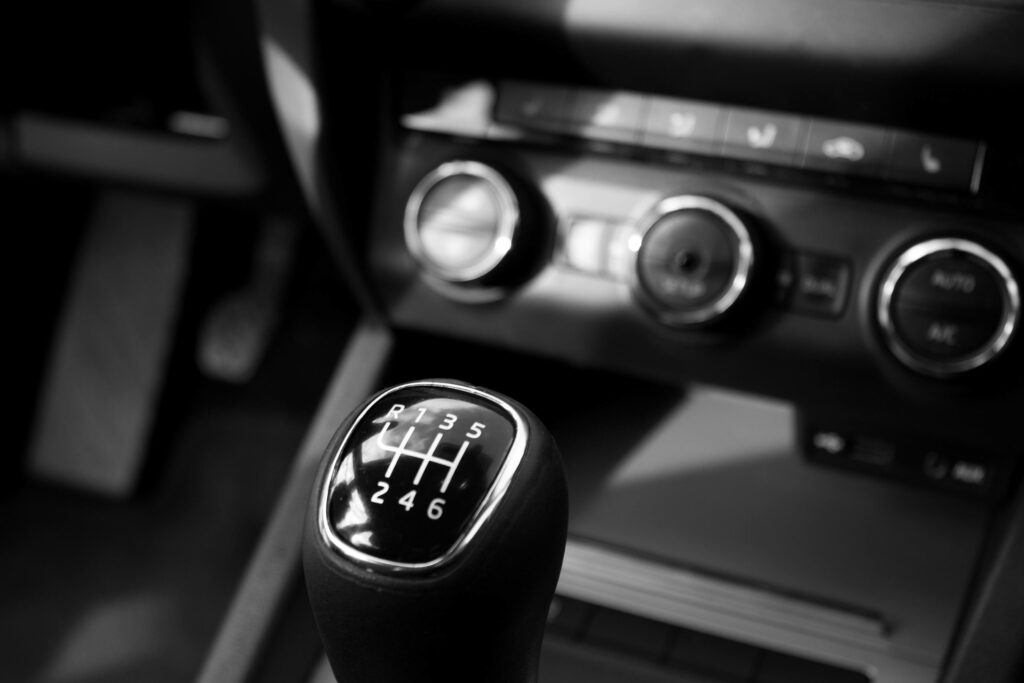When it comes to understanding your vehicle, knowing the various components of the car’s interior is just as important as being familiar with its external features. Whether you’re a new driver, a car enthusiast, or someone interested in vehicle maintenance, a detailed guide to the interior of your car can be invaluable. This article provides a comprehensive overview, with each section of the interior of car labeled and explained.
The Dashboard Area
Instrument Cluster
- Speedometer: Displays the vehicle’s speed in miles per hour (MPH) or kilometers per hour (KPH).
- Tachometer: Shows the engine’s RPM (revolutions per minute), indicating how hard the engine is working.
- Fuel Gauge: Tells you how much fuel is left in the tank.
- Temperature Gauge: Monitors the engine’s temperature to warn against overheating.
Center Console
- Infotainment System: This is the vehicle’s multimedia center, controlling the audio system, navigation, and sometimes vehicle settings.
- Climate Controls: These include the air conditioning, heater, and controls for adjusting the temperature and airflow in the car.
- Gear Shift: Whether automatic or manual, this is where you control the transmission.
The Driver’s Zone
- Steering Wheel: Aside from steering, it often includes controls for audio, voice commands, and sometimes cruise control.
- Pedals: In a standard car, you’ll find the accelerator, brake, and in manual vehicles, a clutch pedal.
- Ignition: This is where the key goes, or in keyless cars, a button to start or stop the engine.
Comfort and Safety
- Seats: Adjustable for comfort, with higher-end models offering features like heating, cooling, and massage options.
- Seatbelts: Essential for safety, these are designed to secure passengers in case of a collision.
- Airbags: Located throughout the interior, these are designed to deploy in the event of a serious crash to provide cushioning.
Convenience Features
- Cup Holders: A small detail but vital for holding drinks during a journey.
- Storage Compartments: These include the glove compartment, center console storage, door pockets, and sometimes under-seat or in-floor storage.
- USB Ports and Power Outlets: For charging electronic devices and powering accessories.
The Backseat Area
- Rear Seats: Similar to the front but designed for additional passengers, often with features like fold-down armrests and cup holders.
- Climate Control Vents: Depending on the model, the rear area might have its own set of vents and controls.
- Child Seat Anchors: Designed for securely attaching child safety seats.
Understanding the labeled interior of your car not only enhances your driving experience but also ensures that you can maintain and enjoy your vehicle to its fullest potential. Whether it’s adjusting your seat for maximum comfort or knowing exactly where the hazard light switch is in an emergency, familiarity with your car’s interior is key.

Discover The Most Effective Safety Device For Your Car
There are several tools available on the market for protecting your car. Finding one that genuinely promises complete security, though, might be difficult. Other possibilities include utilizing specialized boxes or wallets for the key fob to block signals, preventing hackers from employing signal boosters. Some options are conventional substitutes. However, nothing comes close to the efficiency of the Smart Keyless Keeper, a novel and little chip. By preventing signal boosters, this specially developed chip makes it nearly difficult for thieves to break into your car. The chip disables the key fob when your car is stopped, ensuring that your possessions are safe while you are at home and unoccupied.
Conclusion
In conclusion, the interior of a car is much more than just seats and a steering wheel. It’s a complex area designed for safety, comfort, convenience, and entertainment. By knowing what each labeled part does, drivers can ensure they’re making the most of their vehicle’s features and maintaining their car correctly. Whether you’re a seasoned driver or new to the world of cars, taking the time to understand the interior layout and functionalities of your vehicle is invaluable.











